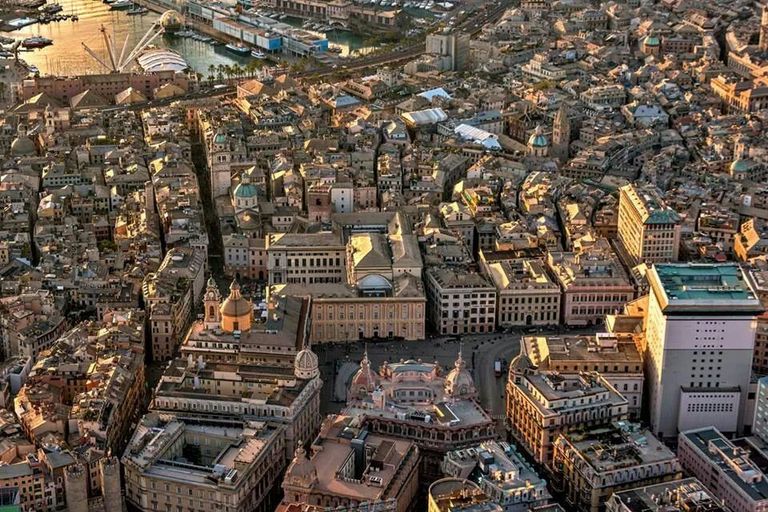
The historic centre of Genoa is the core of the Old Town, a place full of history and charm that after years of neglect and decay has finally been restored and returned to the city..
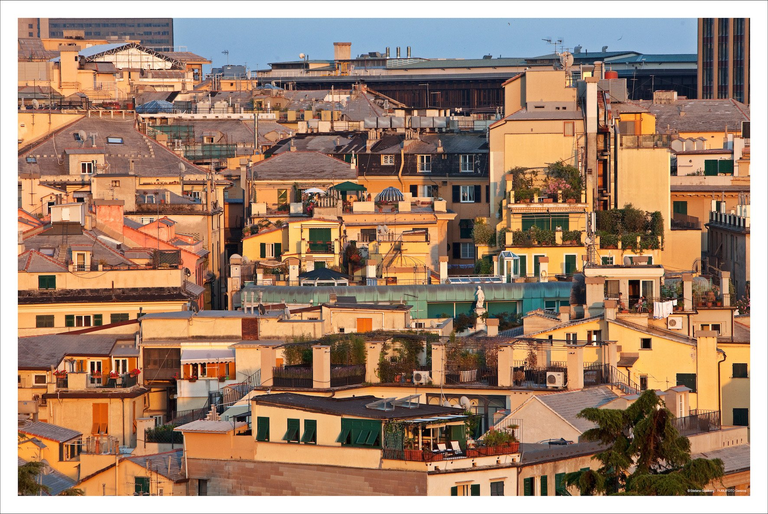
To discover the charm of ancient Genoa you have to walk and enter the "caruggi", the picturesque alleys of medieval origin and the characteristic creuze (narrow streets between walls), get lost among the beautiful streets lined with noble palaces and the small harmonious squares (Piazza delle Erbe, Piazza San Donato) dominated by ancient churches (San Donato, San Matteo).
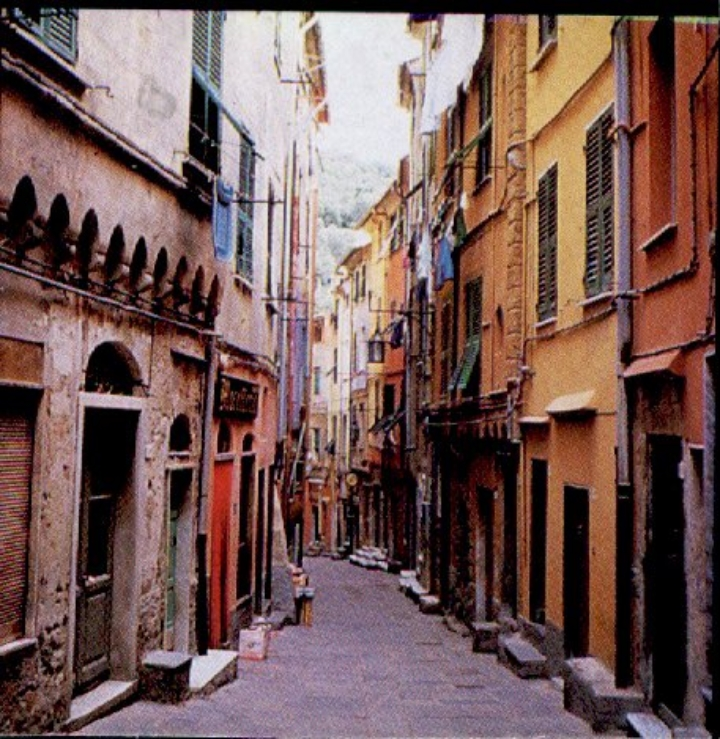
It is no coincidence that a large part of the historic centre has been declared a World Heritage Site. There are many sites of historical interest such as the Castrum, the first urban settlement in the city dating back to the Roman and Etruscan periods, the architectural heritage is of great value with the famous Palazzo Spinola and the Palazzo Ducale, two magnificent buildings of the city through which the splendor of the ancient maritime republic is reflected.
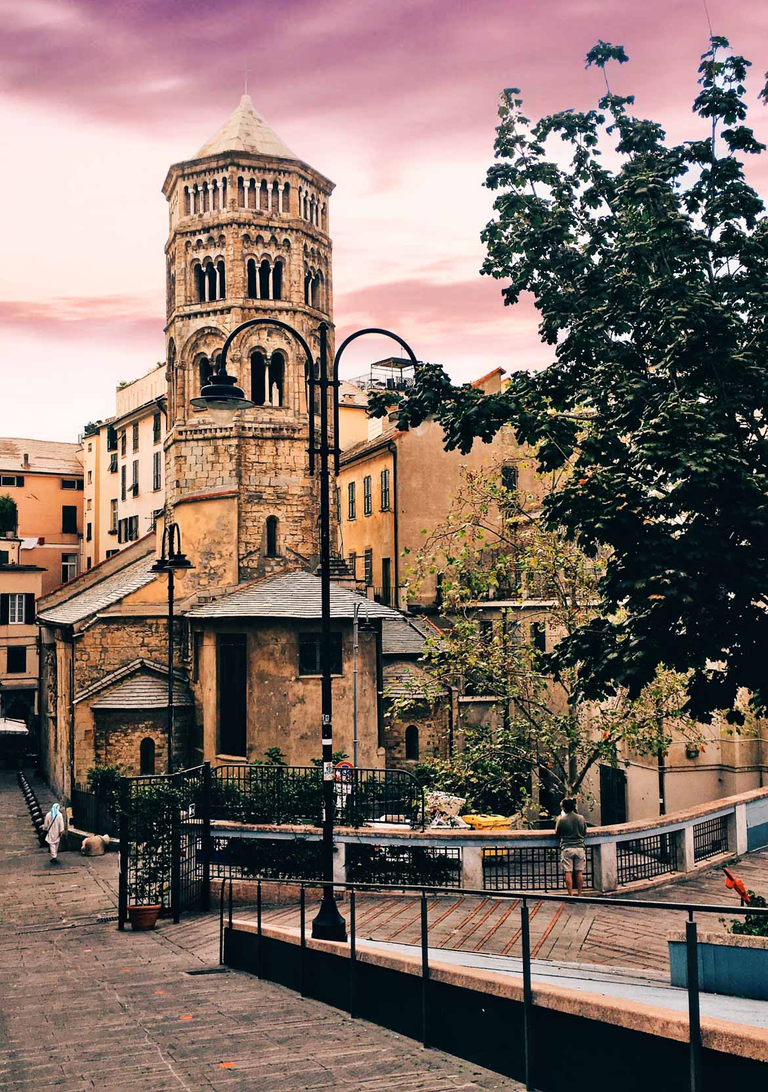
In addition, there is no shortage of leisure opportunities, as throughout the historic center there are many characteristic inns where it is possible to taste the typical dishes of Genoese cuisine, historic bars, venues where music bands perform every night and more than a hundred-year-old shops that conquer and fascinate with their charm of times gone by.
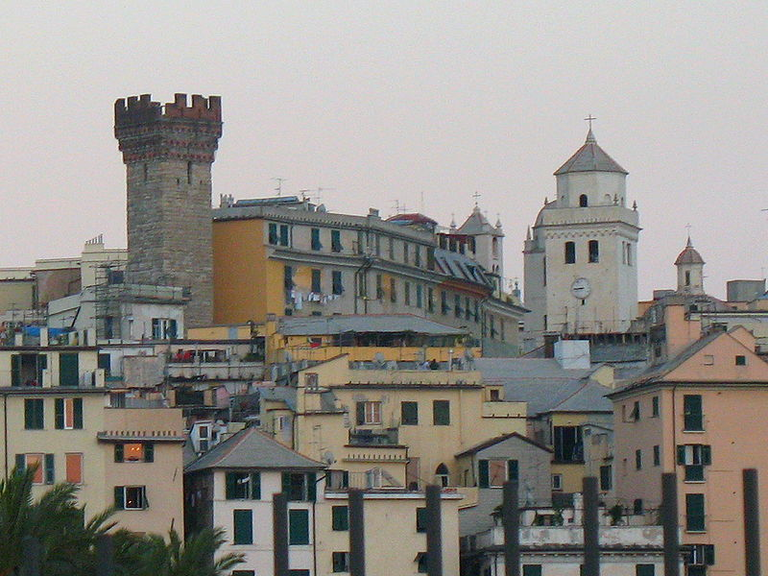
The history of the historic core of the capital of Liguria is totally linked to the history of the city, from the dawn of the construction of the first Ligurian houses on the Castello hill, to the Roman era, passing through the years of the Maritime Republic (of which the analyst Caffaro di Rustico took note of Caschifellone, known simply as Caffaro), up to the patriotic and insurrectional battles of Giovine Italia and the Carboneria of Giuseppe Mazzini.
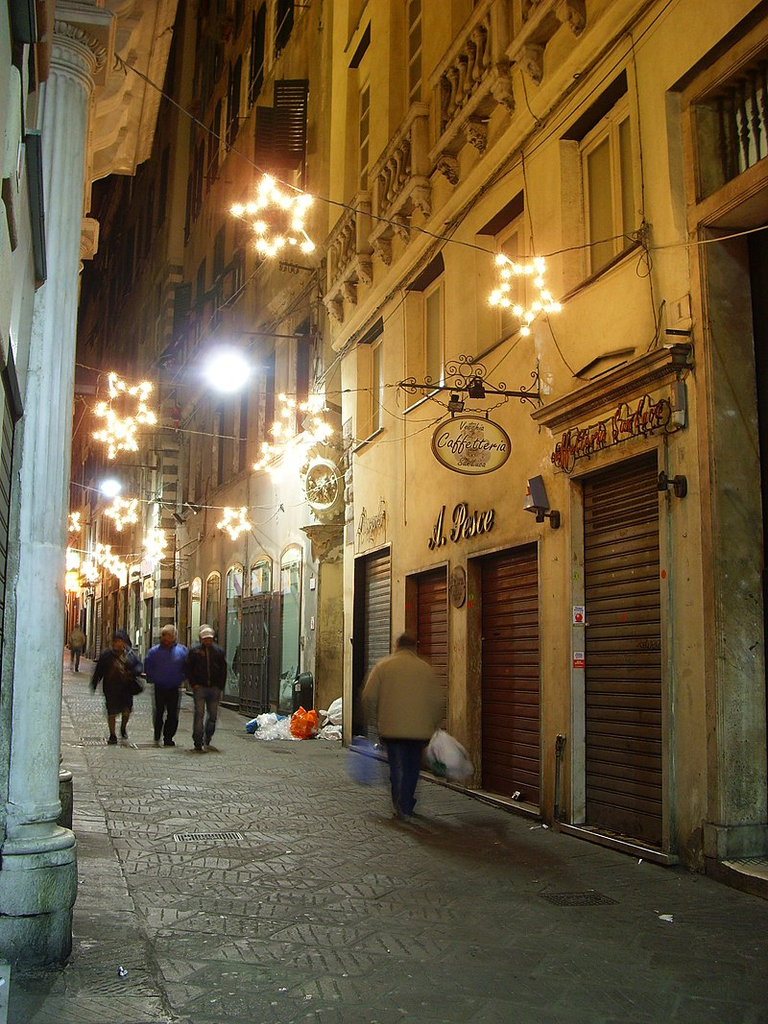
The first hypotheses on the history of ancient Genoa, not linked to mythology or to propagandistic versions of its origins and its pre-Roman era, date back to the 17th century (for example, Odoardo Ganducio, Discourse on the inscription, our epitaph found in Tortona in marble , d'vn decurione antico genuese, 1614), but it was only with the discoveries that occurred from the end of the 19th century and the subsequent study of the discoveries that it was possible to have a clearer (albeit partly incomplete) view of the city's real past.
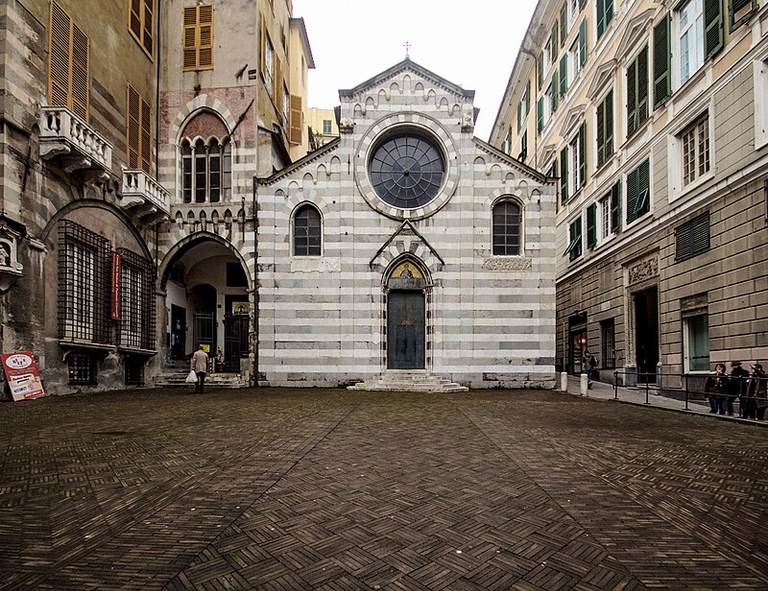
However, many of the publications describing the city's history up to the mid-nineteenth century did not address the problem of the location of the first settlements nor the period in which they were born[2]. Reconstructions of past centuries have not always proven accurate in the light of new discoveries and often contain errors, due to the lack of archaeological sources and/or the attempt to identify the elements of the ancient city from the more modern ones, from Genoa, visible at the time when these hypotheses were formulated.
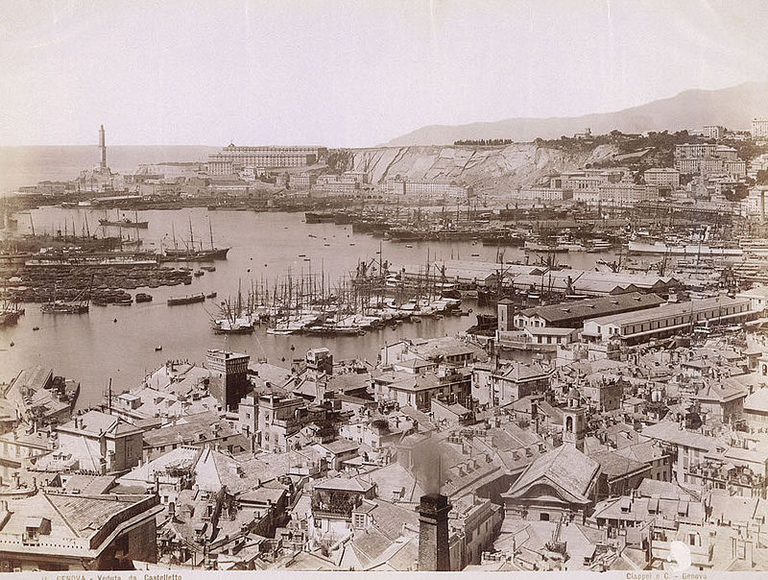
The custom of building on existing buildings (often recycling materials recovered from previous buildings, even outside Genoa), the numerous modifications and extensions of pre-existing buildings and churches carried out in periods of economic well-being and growth of the city, if not the real and proper urban revolutions caused by the growing need to improve the city's road network.
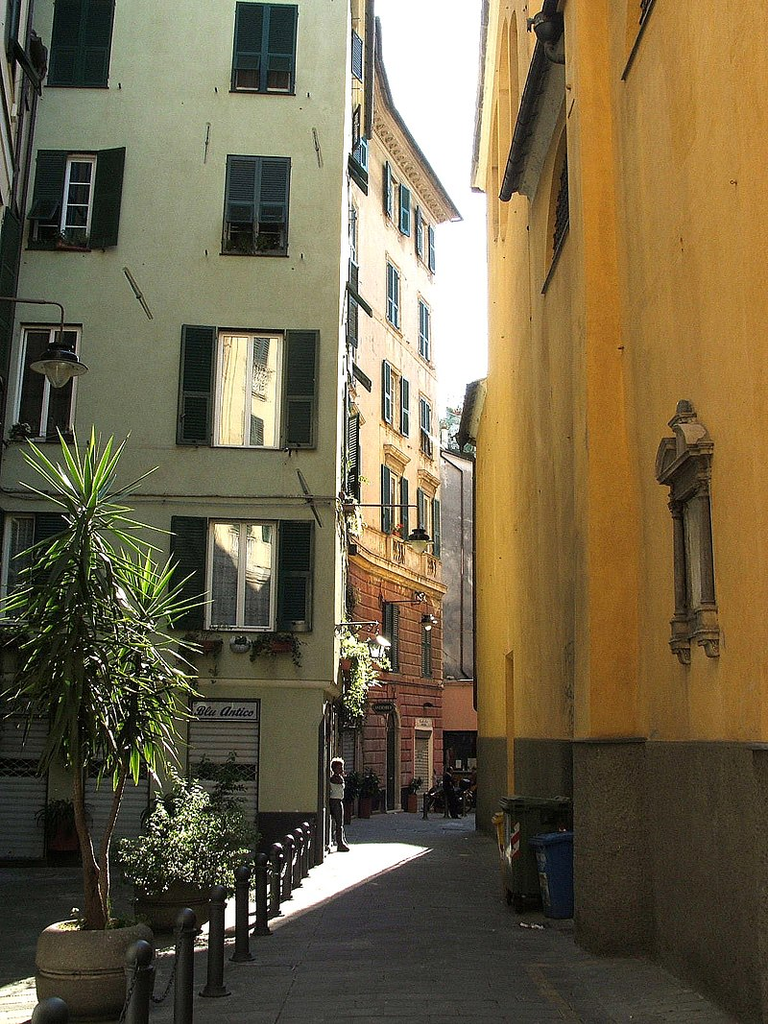
In addition to the destruction caused by French bombing in the 17th century, by the bombings caused by the Savoy repression of the independence movements in 1849 and finally by the destruction suffered at the hands of the Allies in the Second World War, which was followed by the corresponding reconstructions, the situation has become very heterogeneous, with streets and squares where, within a few dozen metres, you can find buildings separated from one another from centuries of history. Most of the old buildings that make up the historic centre date back to the 12th and 13th centuries, although they have often undergone subsequent modifications.
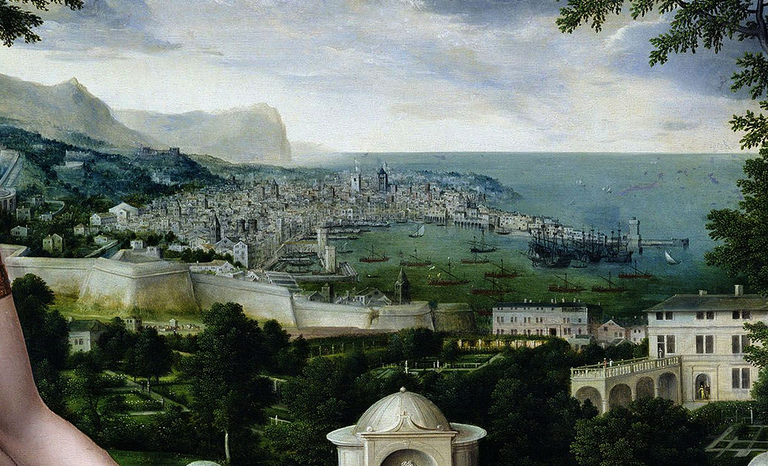
The historic centre is traditionally divided into six areas called sestieri: (Prè, Portoria, Molo, Maddalena, San Vincenzo, San Teodoro), preserving the historical imprint of the old districts of what was the capital of the Republic of Genoa. This subdivision goes beyond that which sees the municipal territory organized into more than a dozen districts (or municipalities): the six districts are currently included in the territory of Municipalities I Center East and II Center West (only for the district of San Teodoro).

El centro histórico de Génova es el núcleo de la Ciudad Vieja , un lugar lleno de historia y encanto que después de años de abandono y decadencia finalmente ha sido restaurado y devuelto a la ciudad.
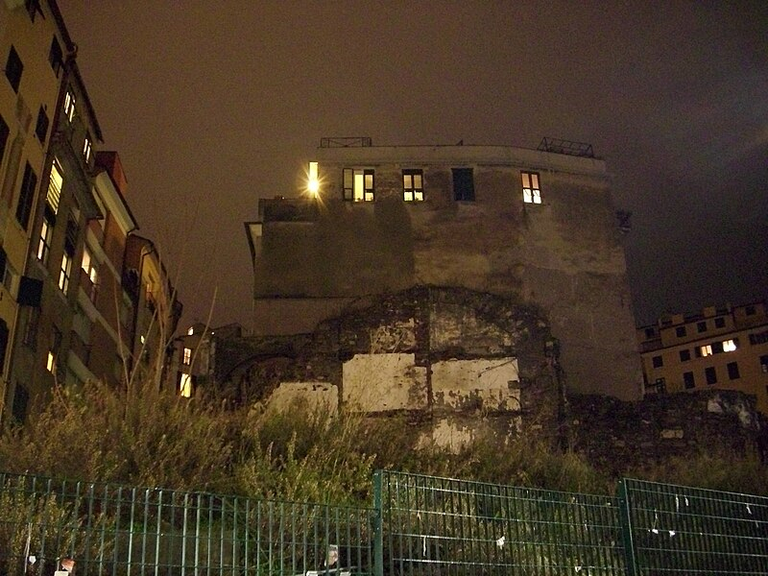
Para descubrir el encanto de la antigua Génova hay que caminar y adentrarse en los "caruggi ", las pintorescas callejuelas de origen medieval y las características creuze (calles estrechas entre murallas), perderse entre las hermosas calles bordeadas de palacios nobles. y las pequeñas plazas armoniosas (Piazza delle Erbe, Piazza San Donato) dominadas por antiguas iglesias (San Donato, San Matteo).
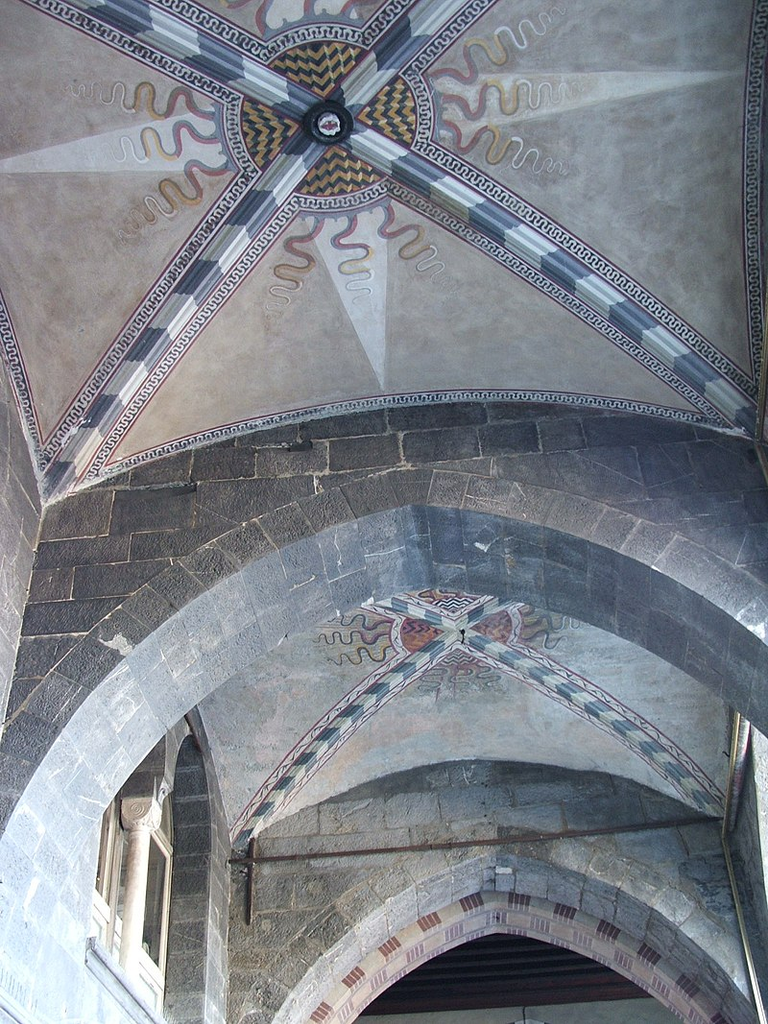
No es casualidad que gran parte del centro histórico haya sido declarado Patrimonio de la Humanidad. Hay muchos sitios de interés histórico como el Castrum , el primer asentamiento urbano de la ciudad que data de los períodos romano y etrusco, el patrimonio arquitectónico es de gran valor con el famoso Palazzo Spinola y el Palazzo Ducale , dos magníficos edificios de la ciudad a través de los cuales el esplendor de la antigua república marítima.
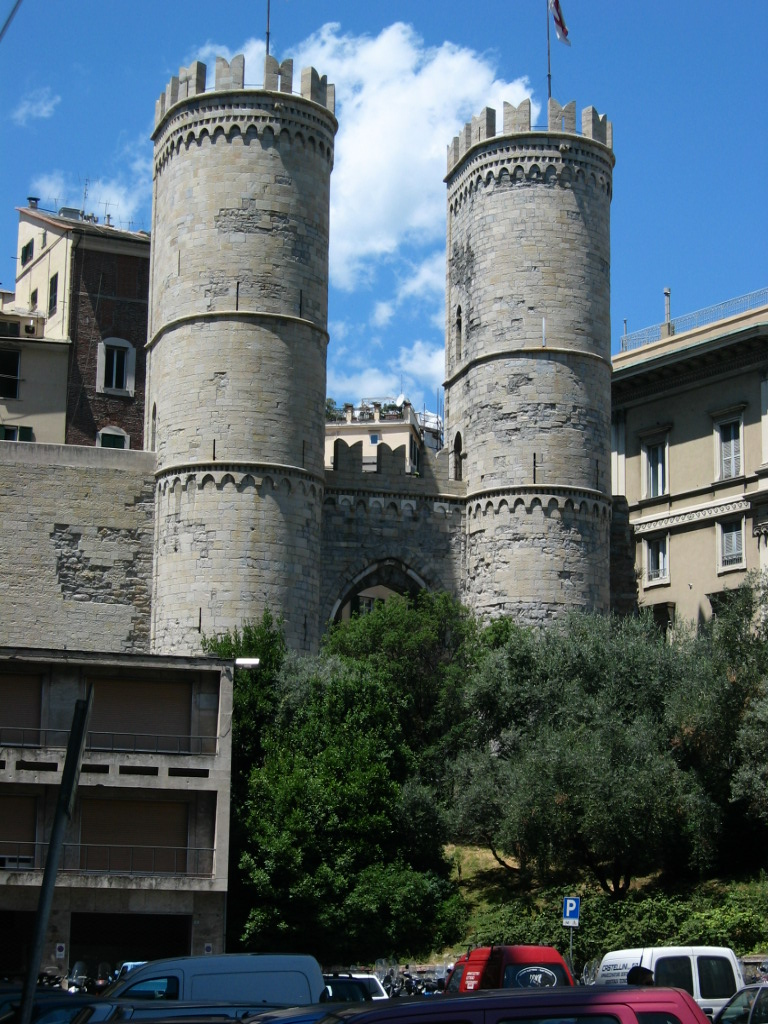
Además, no faltan oportunidades de ocio, ya que en todo el centro histórico abundan los característicos mesones donde es posible degustar los platos típicos de la cocina genovesa, bares históricos, locales donde actúan todas las noches bandas de música y más de cien años de antigüedad. tiendas que conquistan y fascinan con su encanto de tiempos pasados.
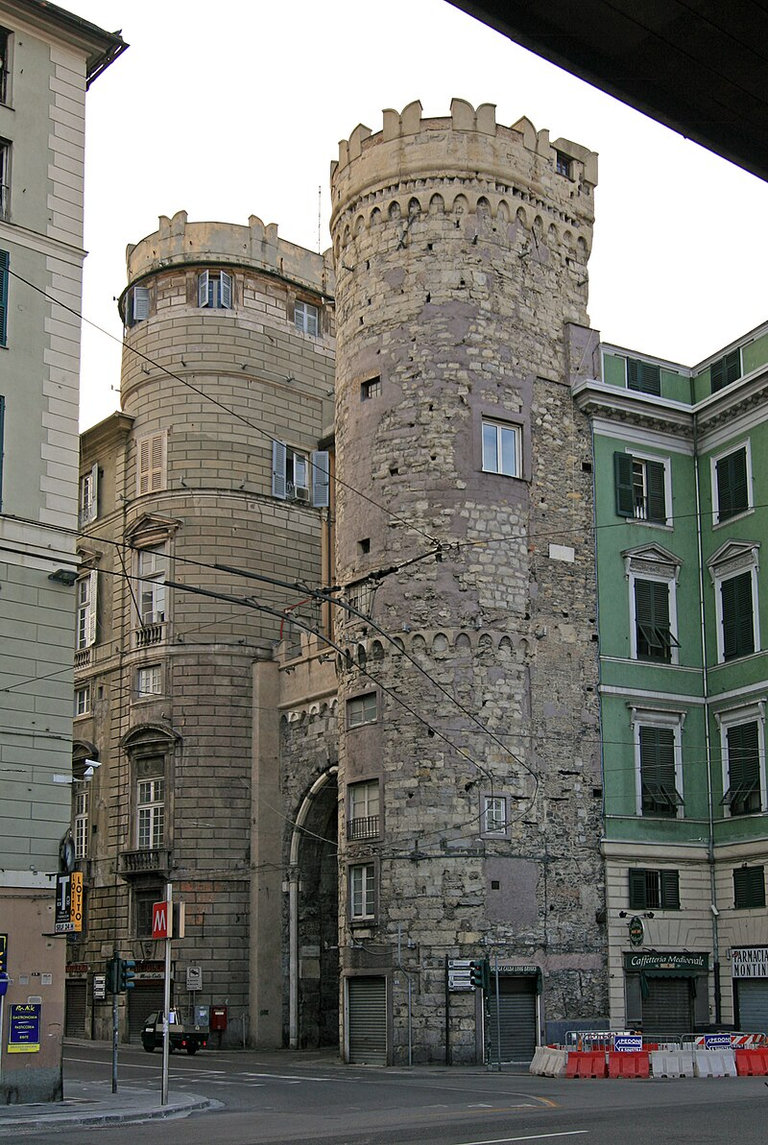
La historia del núcleo histórico de la capital de Liguria está totalmente ligada a la historia de la ciudad, desde los albores de la construcción de las primeras casas de Liguria en la colina del Castello, hasta la época romana, pasando por los años de la República Marítima (de (que el analista Caffaro di Rustico tomó nota de Caschifellone, conocido simplemente como Caffaro), hasta las batallas patrióticas e insurreccionales de Giovine Italia y la Carboneria de Giuseppe Mazzini.
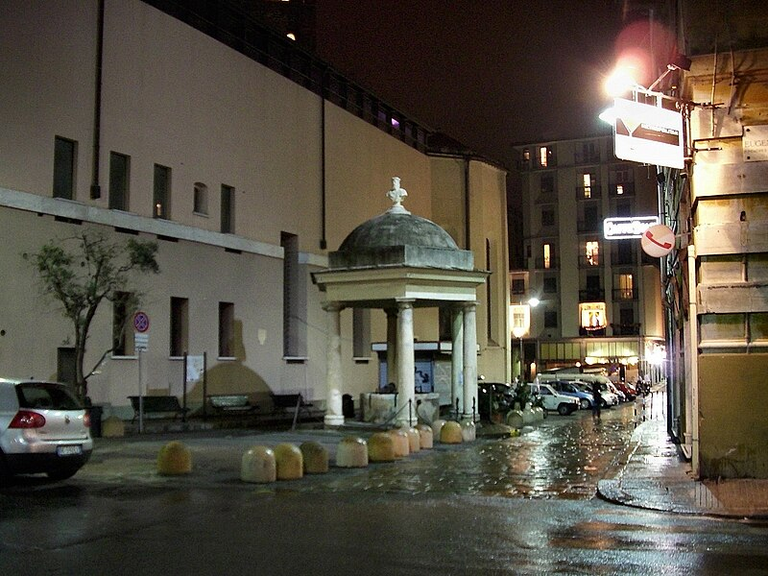
Las primeras hipótesis sobre la historia de la antigua Génova, no ligadas a la mitología ni a versiones propagandísticas de sus orígenes y de su época prerromana, se remontan al siglo XVII (por ejemplo, Odoardo Ganducio, Discurso sobre la inscripción, nuestro epitafio encontrado en Tortona en mármol , d'vn decurione antico genuese, 1614), pero sólo con los descubrimientos ocurridos a partir de finales del siglo XIX y el posterior estudio de la descubre que era posible tener una visión más clara (aunque en parte incompleta) del pasado real de la ciudad.
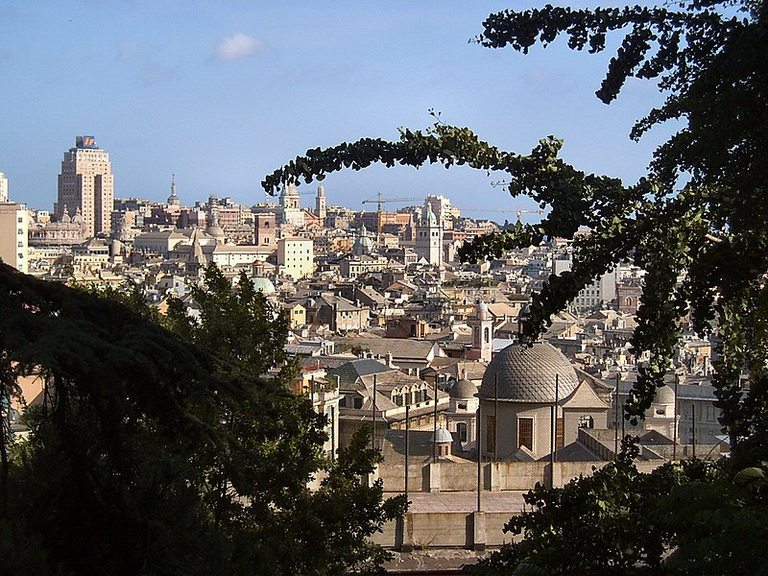
Sin embargo, muchas de las publicaciones que describieron la historia de la ciudad hasta mediados del siglo XIX no abordaron el problema de la ubicación de los primeros asentamientos ni la época en la que nacieron[2]. Las reconstrucciones de los siglos pasados no siempre han demostrado ser exactas a la luz de nuevos descubrimientos y a menudo contienen errores, debido a la falta de fuentes arqueológicas y/o al intento de identificar los elementos de la ciudad antigua a partir de los más modernos, de Génova, visibles en el momento en que se formularon estas hipótesis.
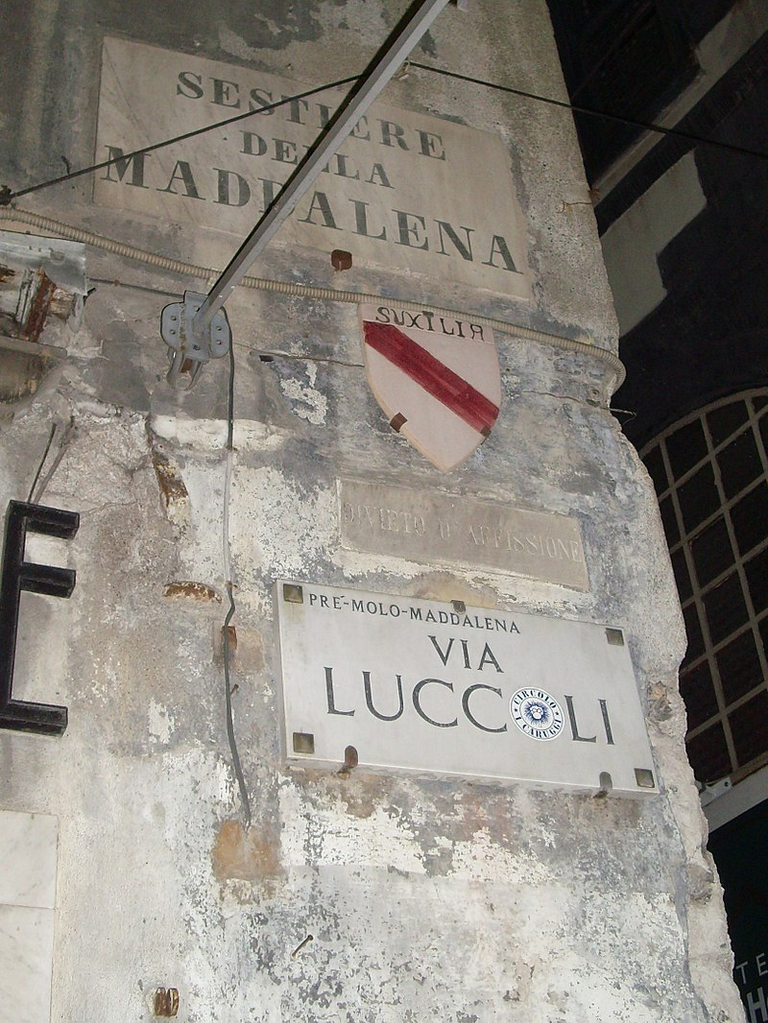
La costumbre de construir sobre edificios existentes (a menudo reciclando materiales recuperados de edificios anteriores, incluso fuera de Génova), las numerosas modificaciones y ampliaciones de edificios e iglesias preexistentes realizadas en períodos de bienestar económico y crecimiento de la ciudad, si no las revoluciones urbanas reales y propias provocadas por la creciente necesidad de mejorar la red viaria de la ciudad.
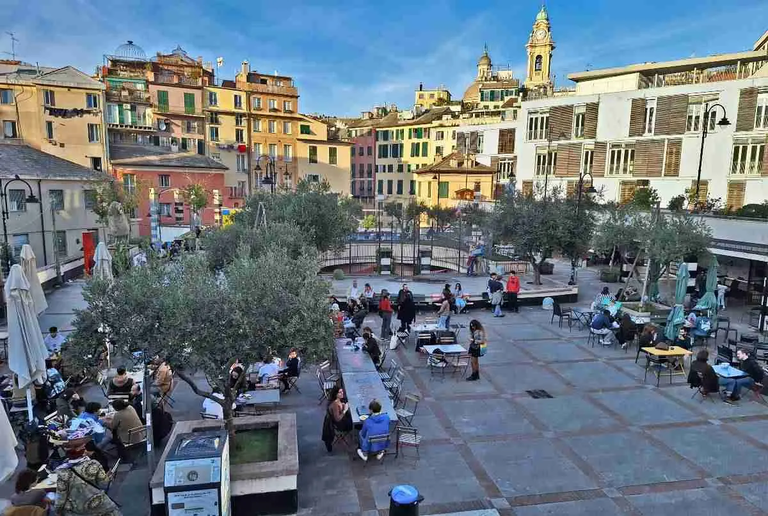
Además de las destrucciones provocadas por los bombardeos franceses en el siglo XVII, por los vinculados a la represión por parte de los Saboya de los movimientos independentistas de 1849 y finalmente por aquellos sufridos a manos de los aliados en la Segunda Guerra Mundial, a la que siguieron las reconstrucciones correspondientes, han dado lugar a una situación constructiva muy heterogénea, con calles y plazas donde, a unas pocas decenas de metros, se pueden encontrar edificios separados de unos a otros a partir de siglos de historia. La mayoría de los edificios antiguos que componen el centro histórico datan de los siglos XII y XIII, aunque en muchas ocasiones han sufrido modificaciones posteriores.
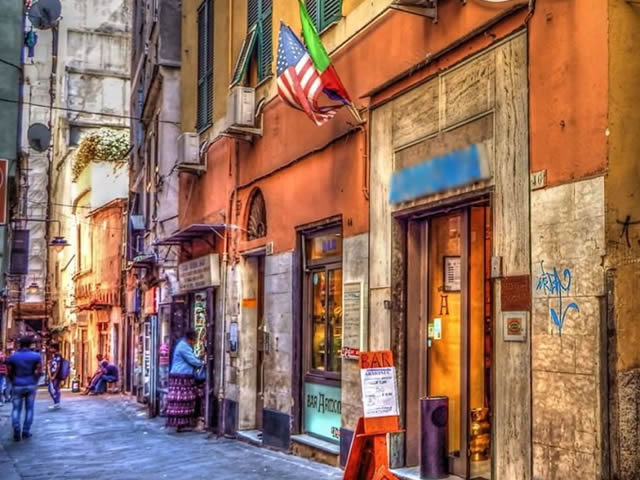
El centro histórico se divide tradicionalmente en seis zonas llamadas sestieri: (Prè, Portoria, Molo, Maddalena, San Vincenzo, San Teodoro), manteniendo la huella histórica de los antiguos barrios de la que fue la capital de la República de Génova. Esta subdivisión va más allá de la que ve el territorio municipal organizado en más de una docena de distritos (o municipios): los seis distritos están actualmente incluidos en el territorio de los Municipios I Centro Este y II Centro Oeste (sólo para el distrito de San Teodoro).

Source images / Fuente imágenes: Genoa Historical Centre / Genova Centro Histórico.


